Wearing a mask not only protects others from the spread of Covid-19, but it protects the wearer as well, the Centers for Disease Control and Prevention said Tuesday in its strongest messaging yet on face coverings.
The CDC also said that “adopting universal masking policies can help avert future lockdowns,” particularly when combined with a doubling down of mitigation strategies available to virtually every American: physical distancing, hand washing and ventilation.
Full coverage of the coronavirus outbreak
SARS-CoV-2, the virus that causes Covid-19, spreads mainly through respiratory droplets, especially when people are coughing, sneezing, singing, talking or even breathing. Infectious disease experts have long said that when one person covers his or her mouth and nose, it protects those who are nearby. The CDC report estimated that more than 50 percent of transmissions originate from asymptomatic people, or those who have been infected but have not yet developed symptoms.
When the CDC first urged Americans to wear face coverings in public in spring, the guidance was that it protected others. But there is growing evidence that a mask can also give protection to the person wearing it.
“Studies demonstrate that cloth mask materials can also reduce wearers’ exposure to infectious droplets through filtration, including filtration of fine droplets and particles less than 10 microns,” the report’s authors wrote.
Dr. Anthony Fauci, director of the National Institute of Allergy and Infectious Disease, agreed that it is increasingly clear that the benefit of wearing masks is a “two-way street.”
“Recent data has now shown that as a matter of fact, there’s also the added benefit to protect you from droplets and virus that’s coming your way,” Fauci said Tuesday on MSNBC’s “Andrea Mitchell Reports.”
“You protect others,” he said. “Their masks protect you. And your mask also protects you.”
Download the NBC News app for full coverage of the coronavirus outbreak
There’s been hesitation to say that masks provide that benefit, “not because it doesn’t protect the wearer so much as because the exact degree to which it protects the wearer isn’t as clear,” said Dr. John O’Horo, an infectious disease specialist at the Mayo Clinic in Rochester, Minnesota.
But O’Horo added that it is logical to assume that masks can indeed protect against inhaling larger droplets; it’s a reason why health care workers routinely wear masks.
Infectious disease doctors who have urged the CDC to change the messaging around masks believe it will be a more effective public health strategy. “I’m thrilled that it’s happening now,” said Dr. Monica Gandhi, professor of medicine at the University of California San Francisco. “I think it helps people comply with the regulation if they think it’s helping them.”
The new report comes amid a growing push to require mask use. President-elect Joe Biden has implored all Americans to cover their faces as a way to slow the spread of Covid-19. The Infectious Diseases Society of America tweeted praise for Utah’s governor for issuing a mask mandate, and urged “all governors who have not yet enacted mask mandates to do so.”
And beginning Wednesday, all Iowans over age 2 are being urged to wear masks when gathering indoors with at least 25 people.
The CDC report also highlighted an economic analysis from Goldman Sachs released in June that found “increasing universal masking by 15 percent could prevent the need for lockdowns and reduce associated losses of up to $1 trillion or about 5 percent of gross domestic product.”
Which masks are most effective?
The type of mask appears to make a difference. “Try to get at least a two-ply cloth mask,” O’Horo said, “and make sure it’s tightly woven.”
Dr. Scott Segal, chair of anesthesiology at Wake Forest Baptist Health in Winston-Salem, North Carolina, agreed that fabric quality matters.
One test is to hold a mask up to a light. Segal suggested passing on masks that allow the light to outline individual fibers in the cloth.
Segal partnered with the Wake Forest Institute for Regenerative Medicine to test a variety of cloth materials to see which ones not only allowed for breathability, but also filtered small particles. The team previously found that the best masks were constructed of two layers of heavyweight “quilters cotton” with a thread count of at least 180.
“If you’re going to wear a mask, you might as well wear one that offers as much protection as possible,” Segal said.
Follow NBC HEALTH on Twitter & Facebook.
Tom Costello contributed.

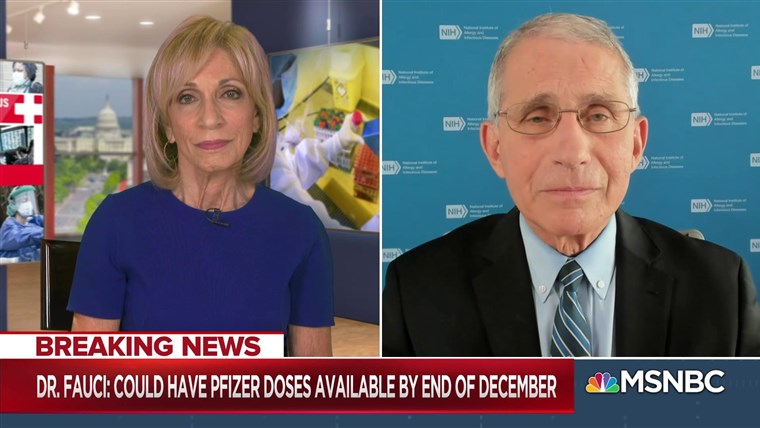
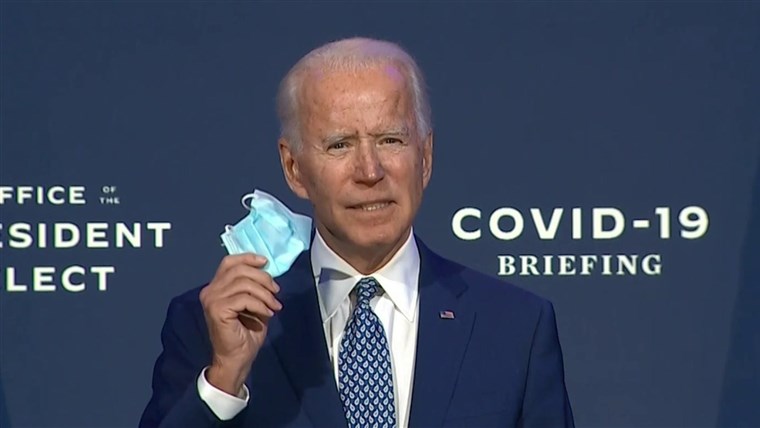

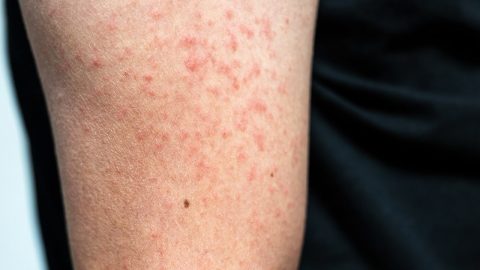
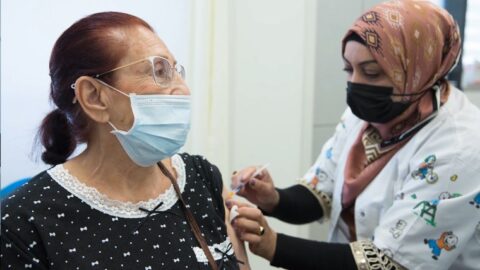
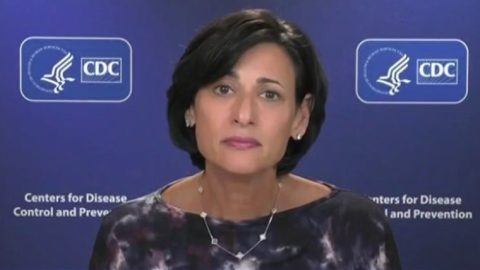
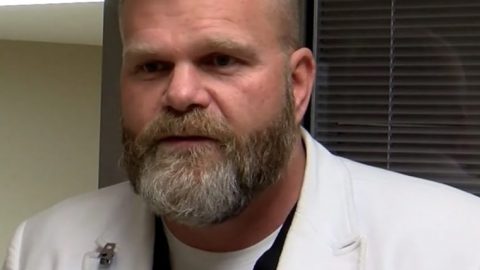

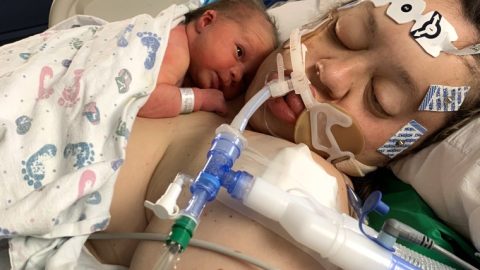


Recent Comments